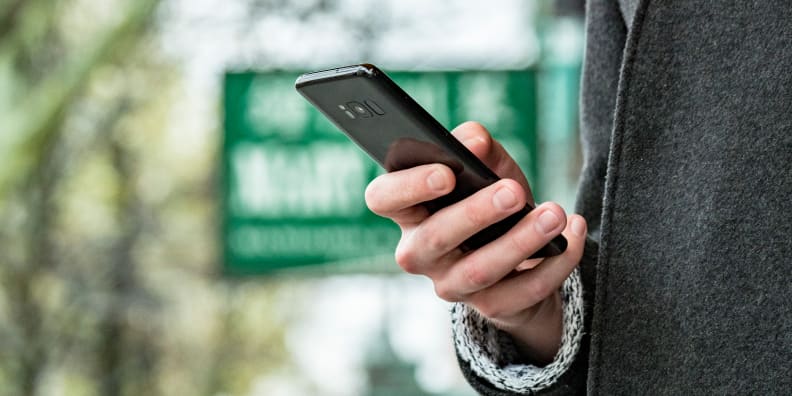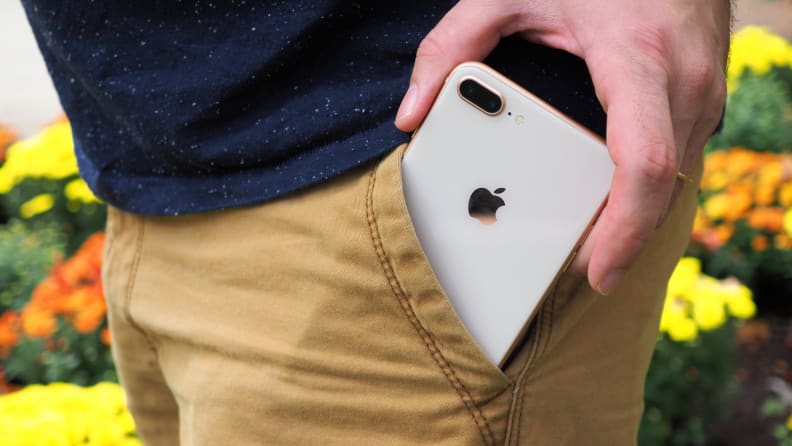Is it worth spending more money for more storage on a phone?
You might not need to pay for more phone storage
 Credit:
Reviewed.com / TJ Donegan
Credit:
Reviewed.com / TJ Donegan
Products are chosen independently by our editors. Purchases made through our links may earn us a commission.
We've all been there: on the cusp of purchasing a new smartphone, wringing our hands while finalizing the details. There are colors to choose from, screen sizes to pick, and storage options to consider. How much storage is too much storage? Will I regret paying a couple hundred bucks more for the model with the most memory?
The ins and outs of adequate storage is something I often find myself discussing with friends and family who turn to me for smartphone advice, and although everyone's situation is a little different, there are a few things to keep in mind when the time comes to plunk down some cash on a new smartphone.
If you're buying an Android...
...then you may want to reconsider splurging for extra storage.

Most Android phones offer flexible, expandable storage.
First, determine whether or not the Android phone you're eyeing features a microSD slot for expandable storage. Most top-of-the-line Android phones do, but it's a pretty common feature amongst mid-range and budget phones, too.
{{ amazon name="SanDisk Extreme 64GB microSD card with adapter", asin="B01HU3Q6S4", align="right" }} The ubiquitousness of the microSD slot in the Android marketplace is one of the things that keep people coming back to Android smartphones. The added flexibility of expandable storage can't be understated—if you so choose, photos, videos, and software can be loaded and unloaded at moment's notice.
You can also use a microSD card as an expansion of your phone's internal storage, should you decide not to use your card as a portable jump drive for your files.
We recommend getting a card that's at least 64GB in size with decent read/write speeds. This 64GB microSD card from SanDisk features read speeds of 90MB/s and write speeds of up to 60MB/s—a perfect companion to take some of the weight off your smartphone.
You could opt for higher capacity or higher read/write speeds, but it'll cost more.
If you're buying an iPhone...
...then yes, you should probably pony-up for more storage.

iPhones do not support microSD cards.
Perhaps the most common criticism of iPhone culture is Apple's steadfast commitment to keeping its smartphone family free of expandable storage options. There's never been—nor will there probably ever be—an iPhone with a microSD slot. This means you'll always be stuck with the amount of internal storage that your iPhone initially came with.
While it's true that iPhone users can always purchase iCloud storage to take some of the pressure off the limited space in their phones, in my experience, iCloud flexibility only gets you so far.
The truth is, internal iPhone storage adds up quickly—and in ways that might not come to mind immediately. Your iMessage history, for example—including all of the pictures and videos you've ever sent—stack up pretty fast. iOS updates, too, eat into your iPhone's memory bank whether you like it or not.
So while the iPhone with the most amount of storage—typically 256GB—might be a little too much (especially if you keep some of your stuff stored in the cloud), we certainly don't recommend getting the variant with the lowest amount of internal storage—this is typically 64GB.
Without the option for expandable storage, it is worth spending money on an iPhone with a good amount of it.


